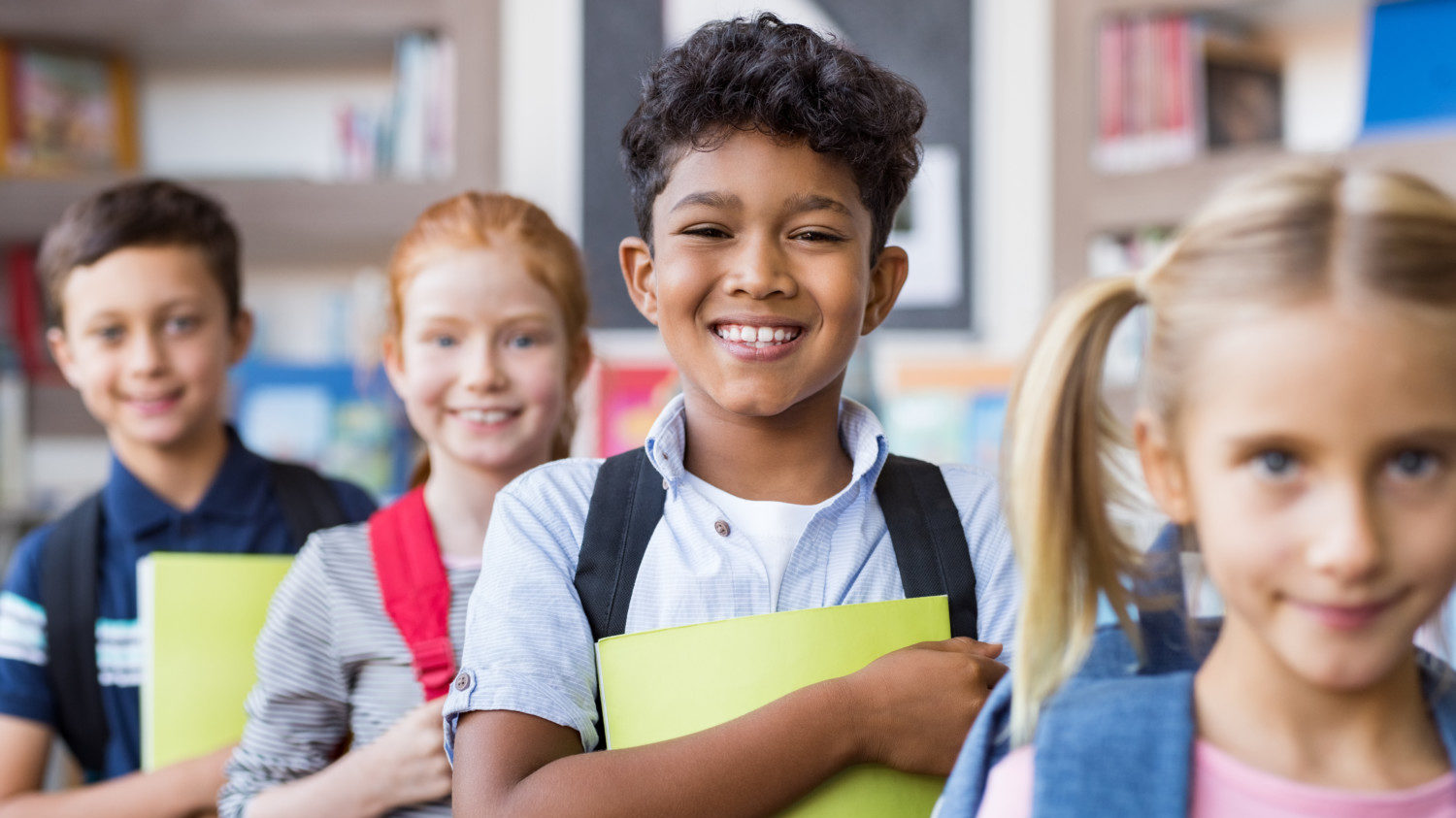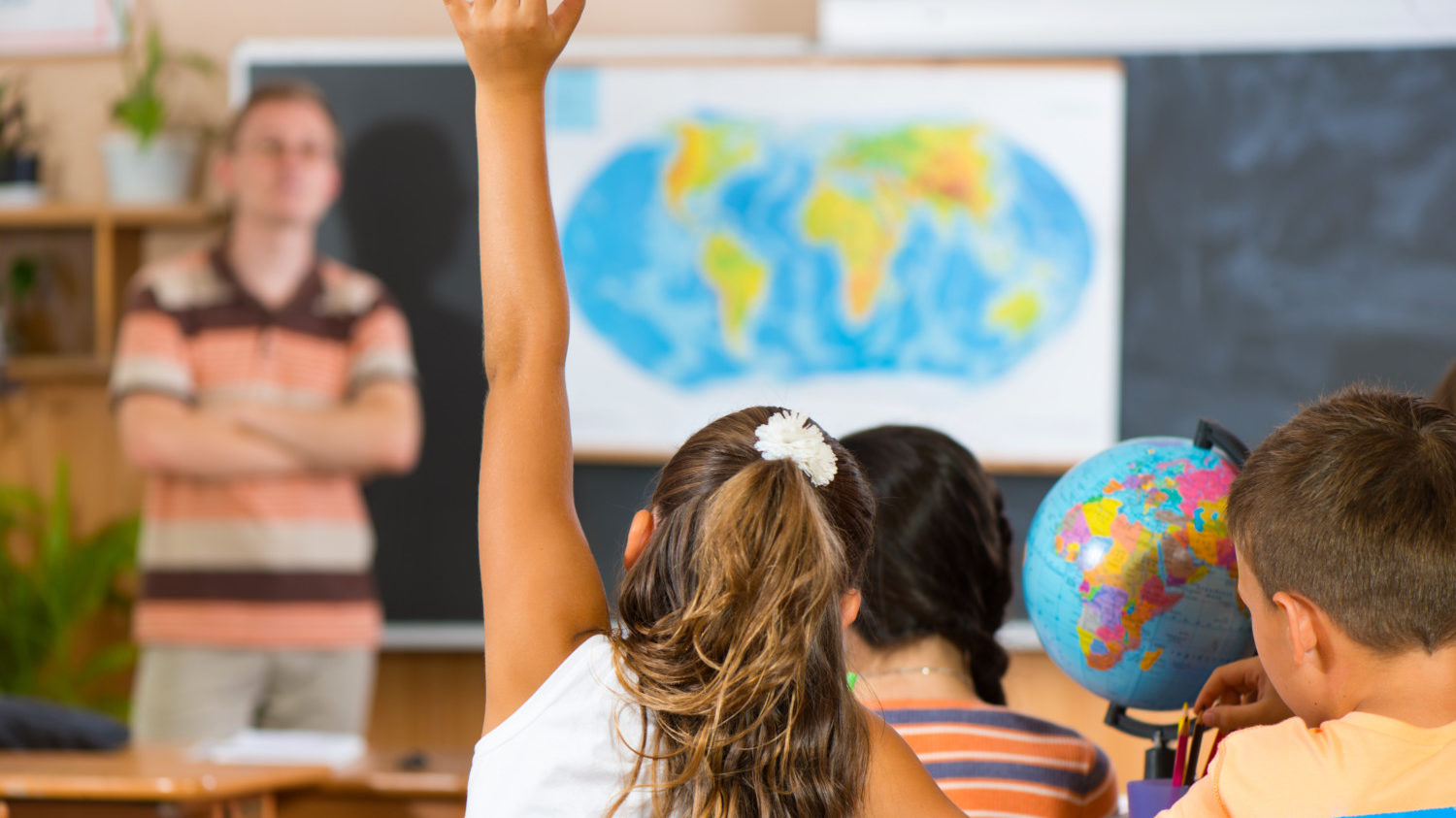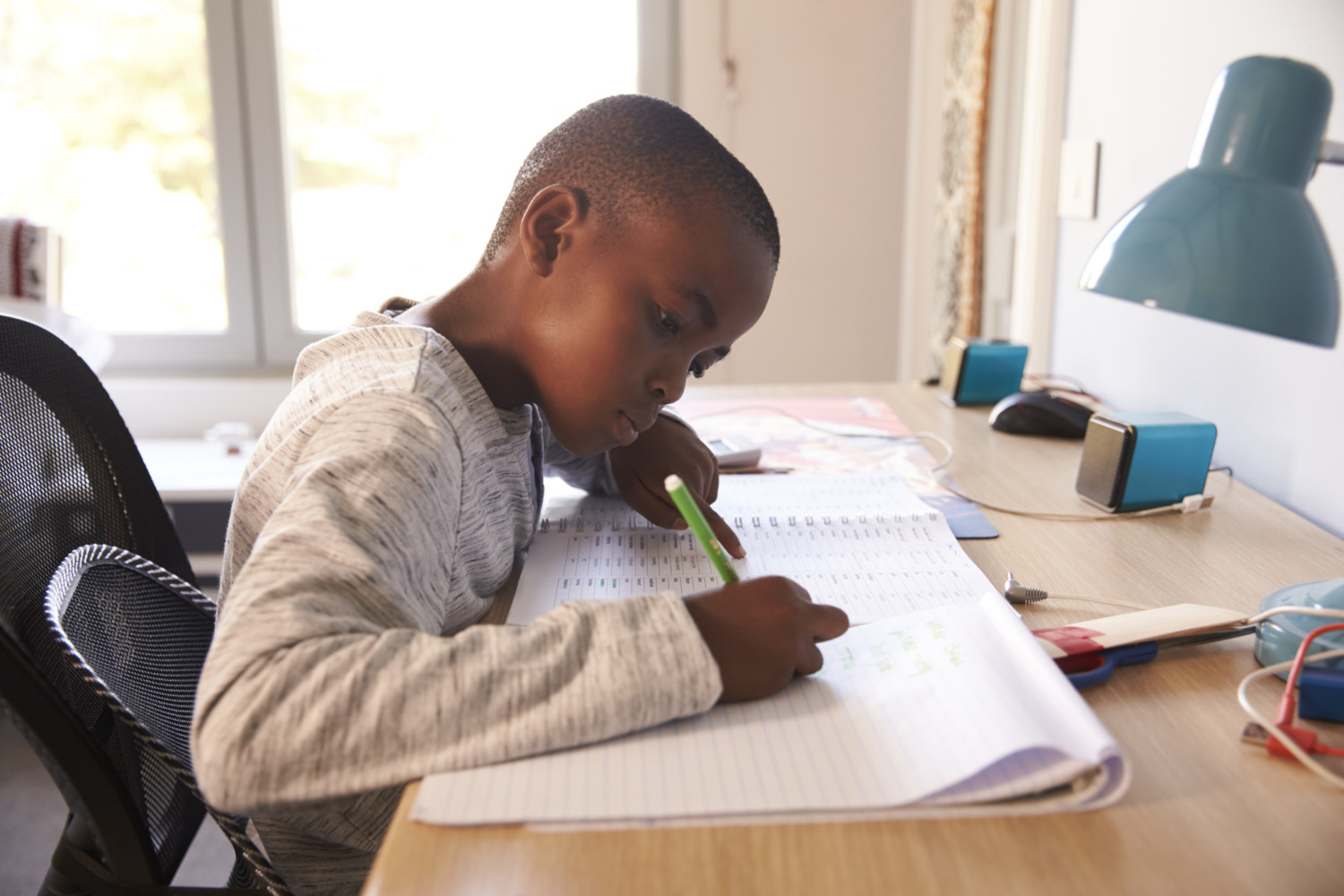Third grade is a critical year for kids—here’s why

- August 12, 2019 |Last updated on 03/11/2022
A student who isn’t a proficient reader by the third grade is four times less likely than a student who is a skilled reader to graduate from high school, according to a study commissioned by the Annie E. Casey Foundation.
Let that sink in.
And students living in poverty who can’t master the most basic levels of reading by third grade are six times more likely not to receive a diploma. In other words, if a student’s reading skills are under par and they live in poverty, that’s “double jeopardy” for their chances of graduating high school.
We’re talking about children whose families lack resources for decent health care, housing, food and clothing — needs that typically come before buying or acquiring books.
The study shows third grade is the most pivotal year for students. It’s absolutely critical that they are solid readers by then or the years that follow will be a struggle.
Testing, participating in classroom activities, using the internet … all of these things and more will be difficult for them.
The struggles could lead students to give up and quit school without a diploma in their hands.
“Overall, 22 percent of children who have lived in poverty do not graduate from high school, compared to 6 percent of those who have never been poor,” the study says. It’s even higher for students spending more than half of their childhood in poverty.
The rate of not graduating was highest for poor Hispanic students, at 33 percent — or about eight times the rate for all proficient readers. It’s also high for poor Black students, at 31 percent.
Statistics show that 88 percent of high school students in America receive diplomas by age 19. Graduation rate variance is linked to a child’s reading skills in — you guessed it — third grade.
“Among proficient readers, only 4 percent fail to graduate, compared to 16 percent of those who are not reading at grade level at that age,” the study says. “Among those not proficient in reading, 9 percent of those with basic reading skills fail to graduate, and this rises to 23 percent of those with below basic skills.”
So, how do we combat this problem?
The Scripps Howard Foundation, the philanthropic arm of the E.W. Scripps Company, this website’s parent company, is one group seeking to alleviate the crisis. Only 20% of children living in poverty in The E.W. Scripps Company’s television markets throughout the nation are reading proficiently in third grade, compared to 51% of students not living in poverty.
That is why supporting local literacy programs and getting books into the hands of kids is so important to the company. The Foundation’s “If You Give A Child A Book” campaign has ensured 352,000 books made it into the hands of young students across the United States in recent years.
Simplemost — in partnership with our audiences, our parent company, The E.W. Scripps Company, and the Scripps Howard Foundation — is helping to put books into the hands of kids who need them most as part of the “If You Give A Child A Book …” campaign.



